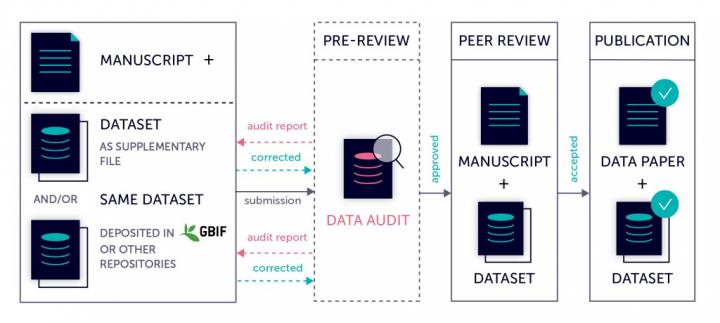A new fennel fungal disease caused by a new genus and species – Ochraceocephala foeniculi, was observed for the first time in 2017 on 5% of the “Apollo” fennel cultivar grown in the sampled localities in Catania province, Italy. Now, it has spread to 2 more cultivars: “Narciso” and “Pompeo”, causing crop losses of around 20-30%. The new pathogen damages the fennel with necrotic lesions on the crown, root and stem.
Fennel, a crop native in arid and semi-arid regions of southern Europe and the Mediterranean area is massively used as a vegetable, herb and seed spice in food, pharmaceutical, cosmetic and healthcare industries with Italy taking the world-leading production. It is an important and widely cultivated crop in Sicily (southern Italy).

Credits: Dalia Aiello
License: CC-BY 4.0
Worldwide, fennel crops are affected by several fungal diseases. In Italy, amongst soilborne diseases, there have been reports of brown rot and wilt caused by Phytophthora megasperma and crown rot caused by Didymella glomerata.
International research group, led by Ms. Dalia Aiello from the University of Catania, made the first step in handling the new fennel disease by identifying the causal agent obtained from symptomatic plants and publishing the results of their research in the open-access journal Mycokeys.
In order to understand the origin of the causal agent, scientists collected 30 samples during several surveys in the affected areas in Sicily, and studied the consistently grown fungal colonies from symptomatic tissues.
“The fungal species obtained from symptomatic tissues was identified based on morphological characters and molecular phylogenetic analyses of an ITS-LSU-SSU rDNA matrix, resulting in the description of the fennel pathogen as a new genus and species, Ochraceocephala
shares Dr. Dalia Aiello.
foeniculi,”
According to the pathogenicity tests, O. foeniculi causes symptoms on artificially inoculated plants of the same cultivar. Preliminary evaluation of fennel germplasm, according to the susceptibility to the new disease, shows that some cultivars (“Narciso”, “Apollo” and “Pompeo”) are more susceptible and some are less susceptible (“Aurelio”, “Archimede” and “Pegaso”), but this is a subject yet to be confirmed by additional investigations. More studies are required in order to plan further effective disease management strategies.

Credits: Mr. Hermann Voglmayr
License: CC-BY 4.0
“On the basis of the disease incidence and severity observed in the field, we believe that this disease represents a serious threat to fennel crop in Sicily and may become a major problem also to other areas of fennel production if accidentally introduced,”
concludes Dr. Dalia Aiello.
***
Original source: Aiello D, Vitale A, Polizzi G, Voglmayr H (2020) Ochraceocephala foeniculi gen. et sp. nov., a new pathogen causing crown rot of fennel in Italy. MycoKeys 66: 1-22. https://doi.org/10.3897/mycokeys.66.48389




















